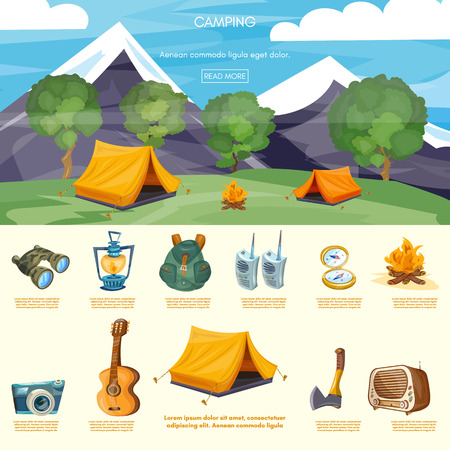How To Increase Online Camping Tents Product Sales And Overall Revenue
How To Increase Online Camping Tents Product Sales And Overall Revenue
Blog Article
The Background of Bell Tents
The cone-shaped form of a bell outdoor tents makes it among one of the most effective sanctuary designs in background. Recognized by several names, including the Tipi, Chum, Goahti, Lavvu, or Nentsi, these single-pole cotton canvas tents were made with practicality in mind.
Do canvas tents shrink?
Their simpleness and convenience of setting up made them suitable for cultures on the move. This very same capability stood out of recreational campers, who quickly integrated brief wall surfaces to develop a classic tent design that we now know as the Bell Tent.
Origins
Bell tents are a tried and checked kind of instant accommodation. Their spacious interiors and functional style-- they are durable, easy to set up and can stand up to solid winds because of their famous bell form-- have actually made them a prominent selection for outdoor camping and glamping.
The modern-day bell camping tent traces its origins back to a 19th century army outdoor tents designed by Henry Sibley. He adapted the design of the American Indian tipi to create his unique outdoor tents which was after that taken on by the army for use in armed forces camps and expeditions.
The principles of this tent-- tough and difficult canvas providing a home-away-from-home for travellers-- have been refined with time to suit the demands of modern campers. As an example, modern-day glamping outdoors tents use services such as carpets and beds to boost the convenience of campers. These features also aid to keep the honesty of the initial style and safeguard against the elements.
Army Usage
In the 19th century, bell camping tents were first used as army area shelters. They were a popular selection since they were durable, large, and easy to establish. Today, these camping tents are prominent among campers and glampers for their elegant and useful design.
They are also extensively utilized in military and rescue procedures, where quick deployment is crucial. Their easy structure suggests that they can be set up in a short quantity of time, giving employees even more time to focus on the goal available.
The bell tent is generally made from a strong and weatherproof canvas, with a centre pole that's supported by a series of secures. Period prints reveal that these camping tents were shaped a lot more like a cone than a squat structure, and the wall surfaces were little in relation to the elevation of the center post. This enabled them to withstand wind and rainfall. They were typically used by the ANZAC soldiers on their expeditions across Europe and Gallipoli.
Glamping
Glamping is a contemporary outdoor recreation that has come to be increasingly preferred. People from all profession are trying to find a way to take pleasure in the great outdoors comfortably and style. Whether it's gifts for camper owners a charming getaway or a household camping trip, a top quality camping tent can make all the distinction.
A bell camping tent's round form assists with security in windy conditions, while its roomy inside can accommodate lots of people. It is also simple to establish, calling for only a main pole and a conelike canvas roofing system that resolves into a large base.
The bell tent was developed by Henry Hopkins Sibley, an US Military soldier who served on the Texas frontier in the 1850s. He took motivation from tipis he saw, and created a style that was durable and conveniently transportable. His camping tent was patented in 1856.
Contemporary Use
Today, bell camping tents are a staple in shop outdoor camping sites, celebration holiday accommodations, and as stylish exterior shelters for wedding events or hideaways. Their stylish, ageless layouts blend custom with modernity, making them a favored among those trying to find one-of-a-kind and comfortable accommodations that are both cosmetically enticing and surprisingly easy to establish.
The modern-day bell tent traces its origins back to standard outdoors tents used by nomadic people in Northern Europe, yet experienced its heyday around the 19th century when canvas replaced animal hides as the main product. This change, integrated with a sensible design that prioritizes headroom, saw the appearance of a popular armed forces field shelter and, in the future, the legendary tent we know as the bell.
In the 1850s, a United States Military soldier called Henry Hopkins Sibley created the very first contemporary bell outdoor tents. Attracting inspiration from the tipis he had seen on the Texas frontier, his new camping tent made use of a single central pole and vents to produce a framework that was both sturdy and easily portable.
Are canvas tents better than nylon?
